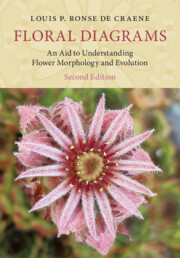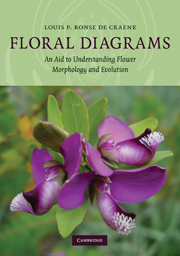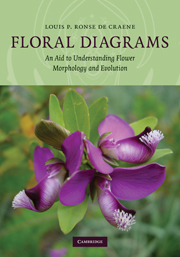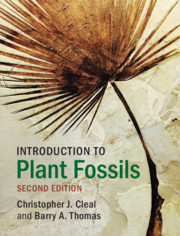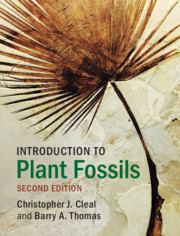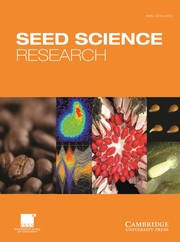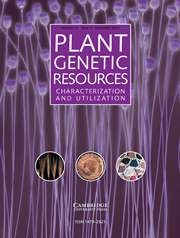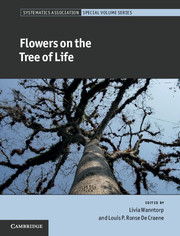Floral Diagrams
Floral morphology is key for understanding floral evolution and plant identification. Floral diagrams are two-dimensional representations of flowers that replace extensive descriptions or elaborate drawings to convey information in a clear and unbiased way. Following the same outline as the first edition, this comprehensive guide includes updated and relevant literature, represents the latest phylogeny, and features 28 new diagrams. Diagrams are presented in the context of the most recent classifications, covering a variety of families and illustrating the floral diversity of major groups of plants. A strong didactic tool for observing and understanding floral structures, these diagrams are the obvious counterpart to any genetic study in flowering plants and to the discussion of major adaptations and evolutionary trends of flowers. This book is invaluable for researchers and students working on plant structure, development and systematics, as well as being an important resource for plant ecologists, evolutionary botanists and horticulturists.
- Includes 28 new floral diagrams of different species in addition to the 1st edition's existing 192
- Links the latest classifications of angiosperms to real flowers and structures, thereby aiding the identification and study of unknown flowers
- Increased scientific value through the inclusion of up-to-date phylogeny, more plant families, and detailed and consistent diagram labelling
Product details
No date availablePaperback
9781108825733
500 pages
244 × 170 × 26 mm
1.04kg
Table of Contents
- Preface
- Acknowledgements
- Part I. Introduction to Floral Diagrams:
- 1. Introduction to flower morphology
- 2. The significance of floral diagrams
- 3. Floral diagrams used in this book
- Part II. Floral Diagrams in the Major Clades:
- 4. Systematic significance of floral diagrams
- 5. Basal Angiosperms: the ascent of flowers
- 6. Monocots: variation on a trimerous Bauplan
- 7. Early diverging eudicots: a transition between two flower types
- 8. Basal Pentapetalae: the event of pentamerous flowers
- 9. Rosids: the diplostemonous alliance
- 10. Caryophyllids: how to reinvent lost petals
- 11. Asterids: tubes and pseudanthia
- Part III. Conclusions:
- 12. Distinctive systematic characters and apomorphic tendencies
- 13. Floral diagrams and major Angiosperm groups
- 14. Outlook
- References
- Glossary.

